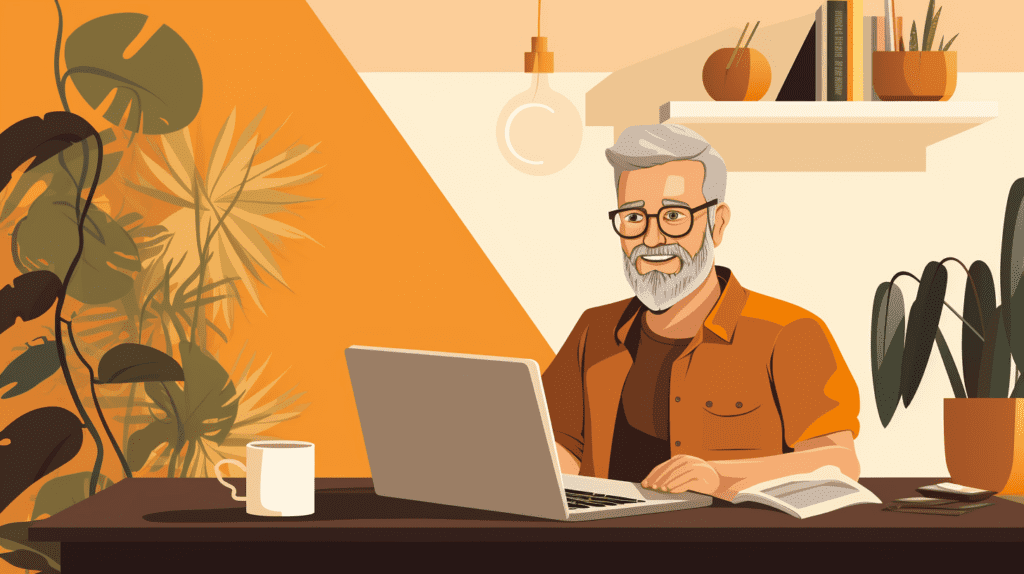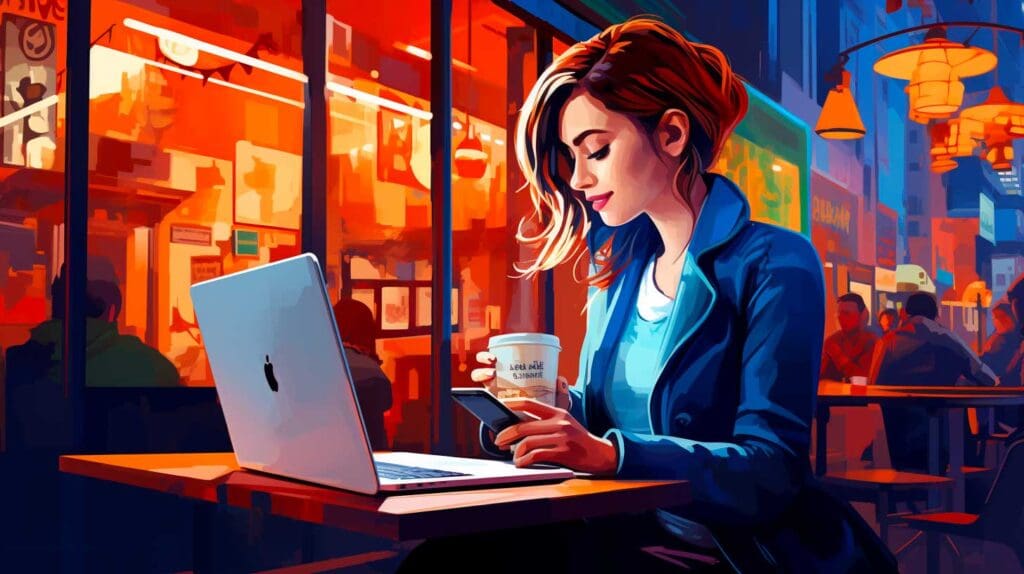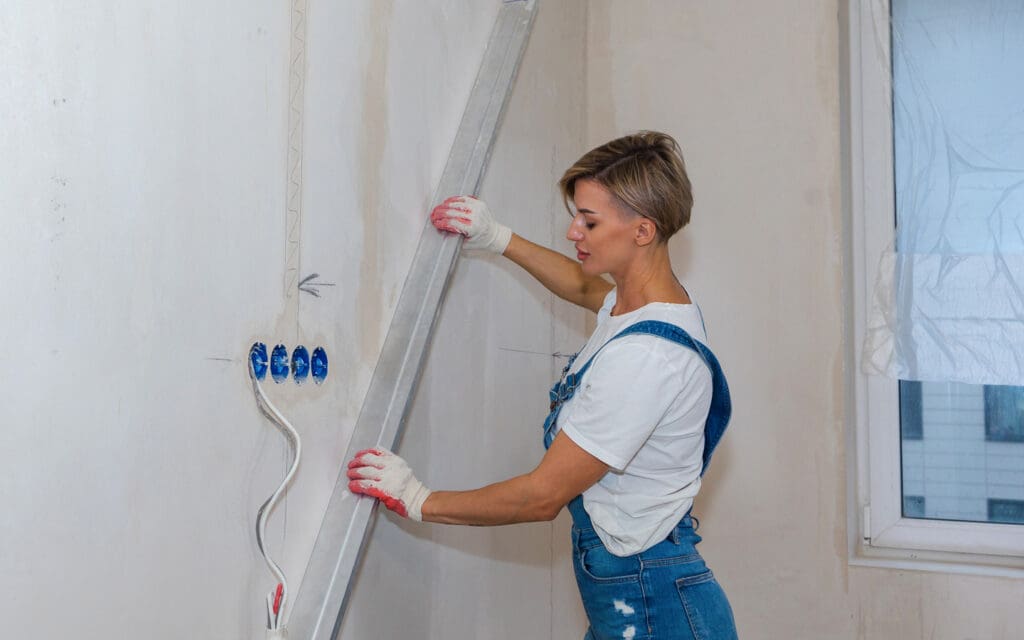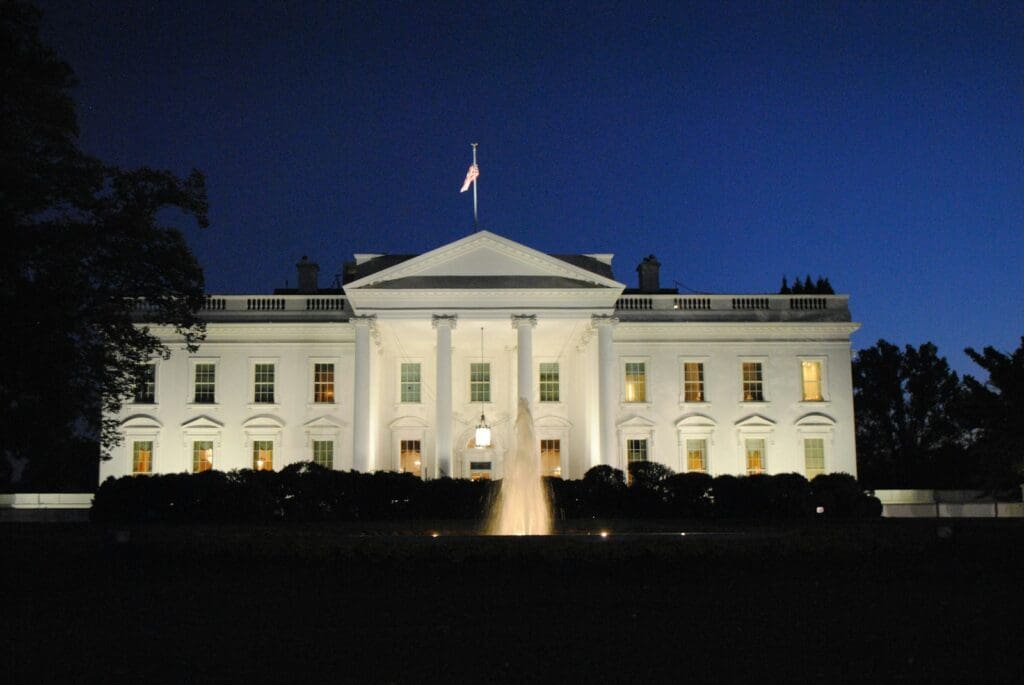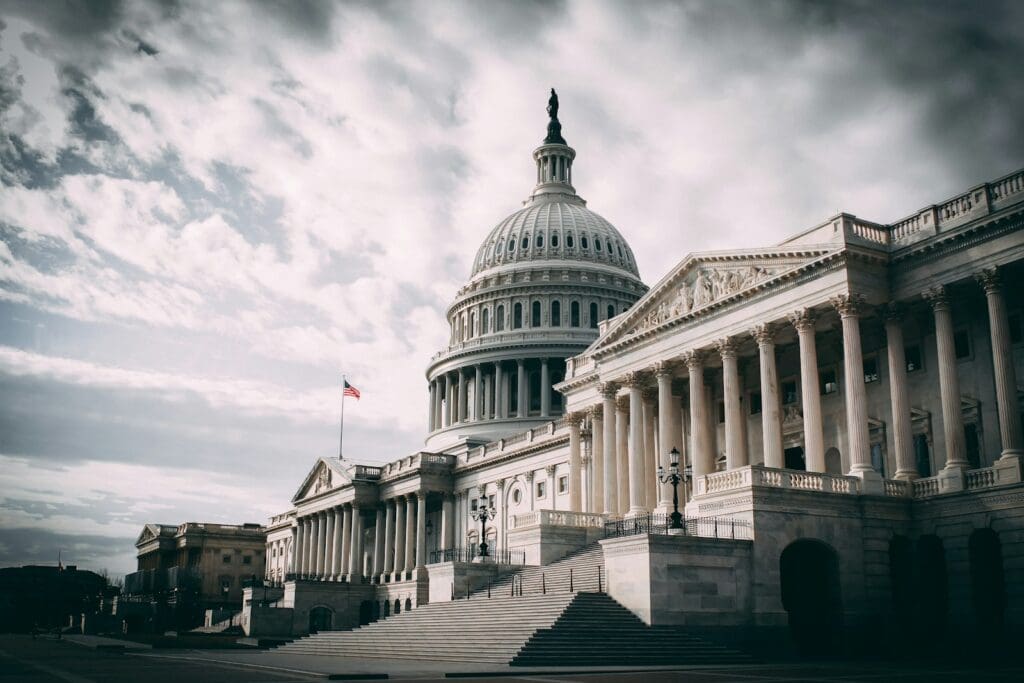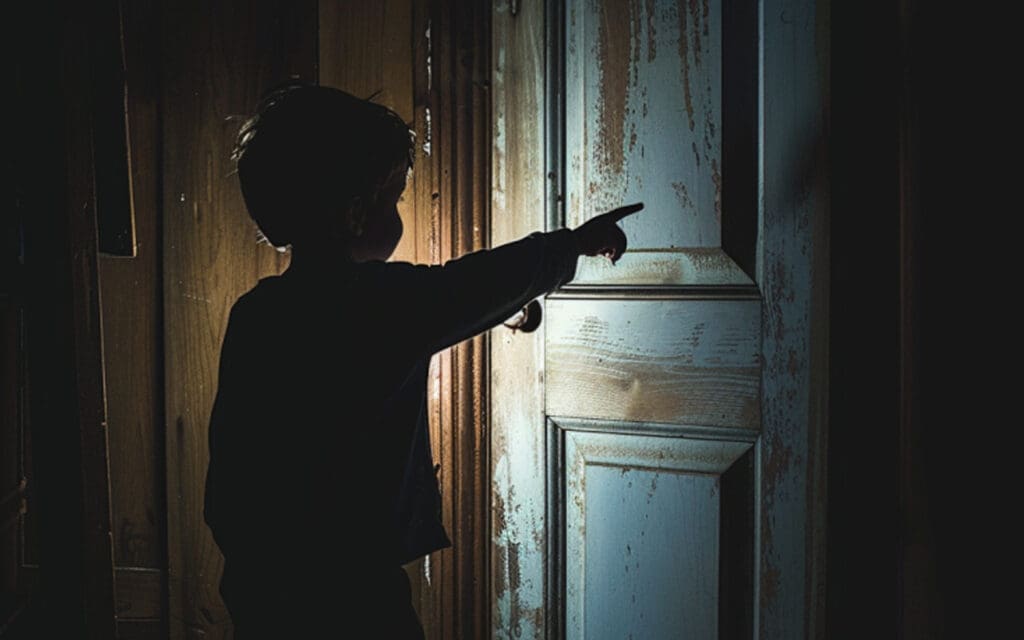According to a Gallup poll published in May, depression diagnosis rates have greatly increased over the past several years in the United States. According to the survey, 18% of adults — or more than 1 in 6 — report currently being depressed or receiving treatment for depression. This is up 7% since 2015, which was the first year Gallup published their findings on the matter.

In addition, 3 in 10 adults said they had been diagnosed with clinical depression at some point in their lives. More than one-third of women say they’ve had a depression diagnosis, as well as one-fifth of the men polled.
This begs the question, why? There are environmental factors to consider, worldwide pandemics, geopolitical events, and just the day-to-day doldrums of being a human that can affect an individual’s mental health. But these numbers are getting so much higher at a startling rate. Is there something deeper going on? And could there possibly be any hope for these findings?
Let’s take a look.
The Lingering Effects of Covid-19


Let’s address the 800 lb. gorilla in the room. There is absolutely no way this sharp increase in mental health struggles isn’t connected to a worldwide pandemic. Covid isolated people from each other, completely upended their work lives, and changed their methods of childcare and schooling. It ushered in a financial crisis and decimated the workforce. And that’s not even touching the topics of people losing loved ones to the disease or becoming ill themselves.
So yes, Covid certainly took a toll on mental health worldwide. Considering the fact that more women left the workforce to stay home with their children and/or homeschool, it would stand to reason that women would be disproportionally affected.
Other Cultural Events


Covid notwithstanding, there have been significant global cultural events that have affected our psyches since 2015. Political unrest, a global economic crisis, devastating mass shootings, violent riots, emotionally fraught demonstrations and marches, deaths of beloved public figures, endangered human rights, the admission of extraterrestrial encounters by the government… any of these on their own would be a serious blow to the collective.
But how much blame can we really place on public events for individual cases of depression?
Environmental Factors
No conversation about mental health would be complete without someone decrying our water quality, pollution levels, unhealthy diets, food deserts, inadequate healthcare systems, genetically modified crops, and poor quality school lunches among other hot-button issues. Opinions vary greatly on this topic, but if our most basic needs aren’t being met, are we truly able to live our best lives?
Demographics


We’ve already stated that depression is — and has been — disproportionately diagnosed at higher levels in women and people of color. Women not only tend to make up more of the caregiver roles domestically, but they also make up the bulk of the healthcare workforce. And if anything can explain the current shortage of those essential workers — which is truly worsening this problem — it’s the toll that Covid took on those in the healthcare industry at the worst of the pandemic.
Another new development in this most recent Gallup poll is that Black and Hispanic adults matched or surpassed the depression rate of White adults. Part of this could be explained by a lessening stigma of mental health treatment — similar to yet another demographic at high risk for depression: young adults.
The Stigma Around Mental Health


We could probably all point to a person in our lives who just doesn’t believe in things like depression, PTSD, panic attacks, ADHD, or any other very real mental health disorder. Previous generations certainly took the stance that these were more signs of weakness than anything else. But as the years go by, our society has become much more accepting of — and aware of the need for treatment of — these types of mental health struggles.
A quick survey of your social media platform of choice will turn up very honest and open discussions of mental health. Millennial and Gen Z influencers talk about their therapy sessions, their experiences with medication, and their coping mechanisms for things like ADHD and autism-spectrum disorders — all with the breezy honesty of someone talking about their favorite brunch spot.
In a word, they’re taking the fear out of these topics for their peers and followers. And this means that demographics that would typically shy away from treatment — like younger white males or those in under-served BIPOC communities — are beginning to break free from the stigma that kept their older friends and family from getting the help they needed.
Read More: Taking a Mental Health Day? Here’s How to Optimize It
More Diagnoses


So less stigma means more talking. More talking means more seeking treatment from medical and mental health professionals. And more treatment means, yes, more diagnoses. The rates of depression are going up according to these statistics. But on the flip side, more people getting help is far from a negative thing.
Read More: 10 Surprising Ways Technology Is Improving Mental Health
Final Thoughts
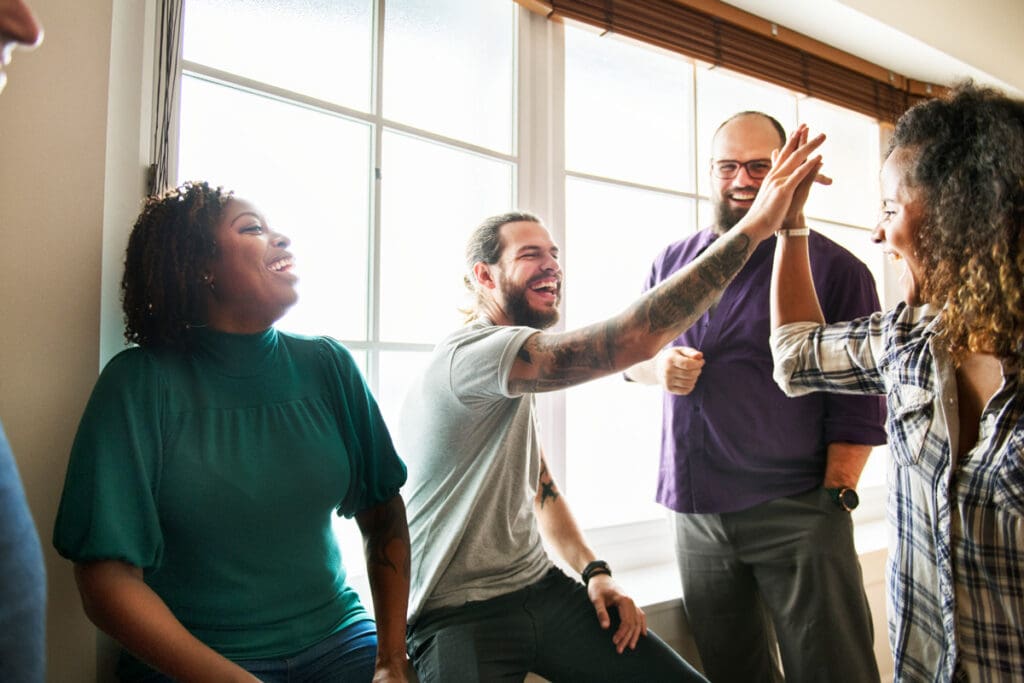

We’ve been put through the wringer the last three years; there’s no doubt about that. And this writer is in no way saying she suspects it to all be sunshine, lollipops, and rainbows from here on out. Sometimes things need to get messier before they get better. And there are still far too many people who don’t place a priority on mental health.
So yes. We are in the midst of a scary-sounding mental health crisis. But we’re working our way through it. And the more honest we are, and the more we ask for what we need, the closer we’ll actually get to living as our best selves.

